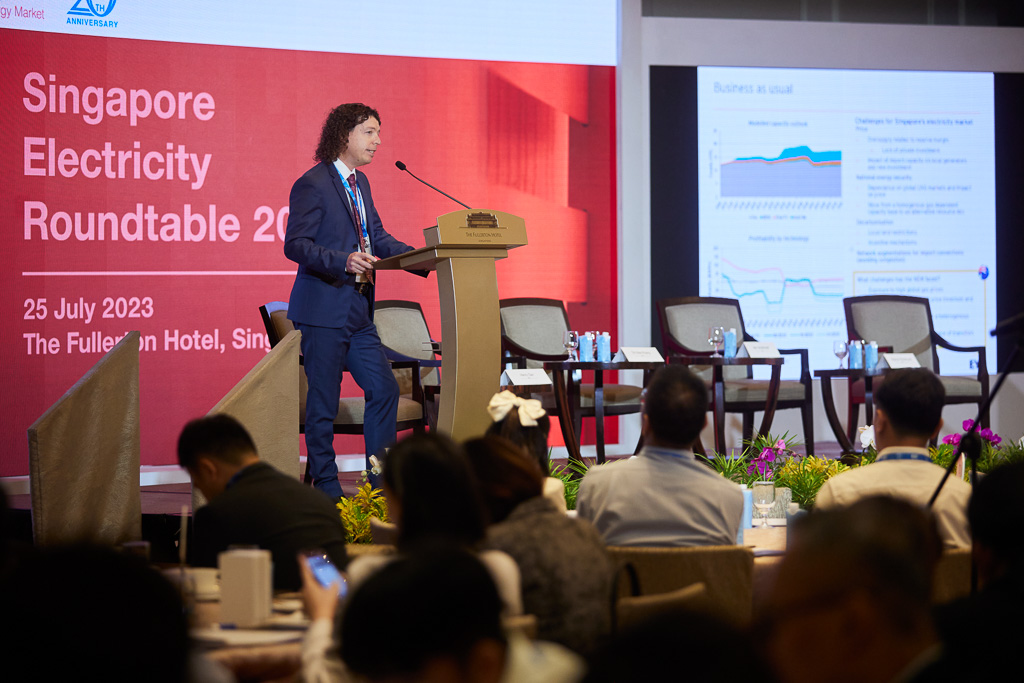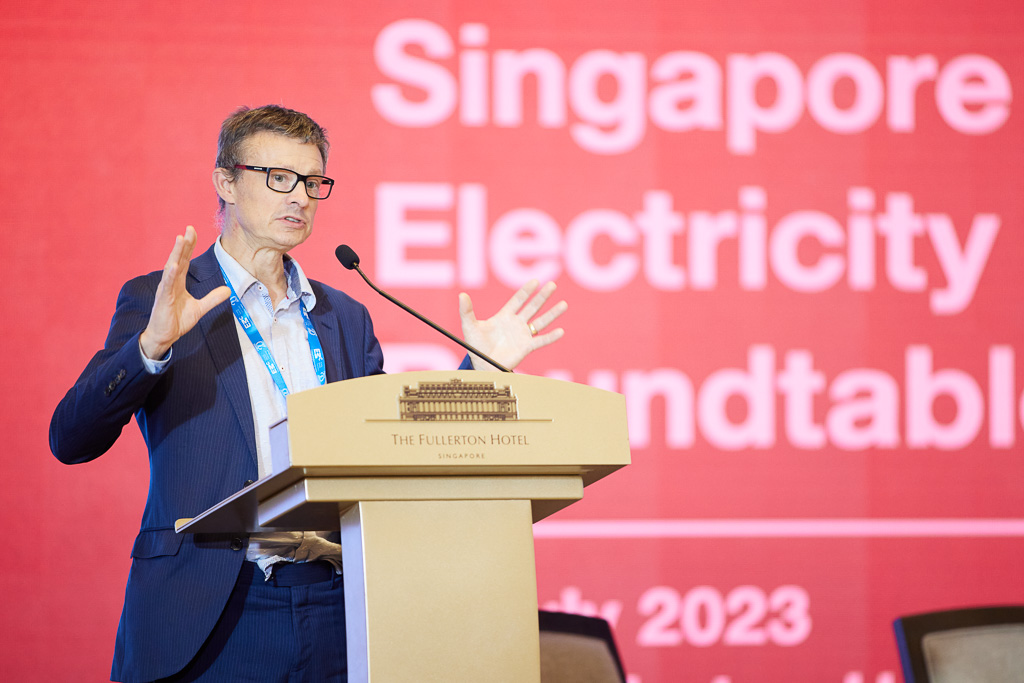Decarbonisation is a major global challenge, and regulators worldwide must think of how to design an electricity market that can transition to renewable energy while keeping the power supply stable and affordable.
There is no standard blueprint that can work anywhere, but opportunities abound to learn from regulatory experience in other places, said Mr Stephen Woodhouse, Director of AFRY Management Consulting, in a speech at the Singapore Electricity Roundtable. AFRY provides advisory services in the energy and bioindustry sectors.
Specifically, Australia and Britain offer some lessons. Coal currently accounts for 75 per cent of electricity generation in Australia, but the country is in the midst of introducing renewable energy sources like wind and solar into the mix. This comes with its own set of investment challenges, observed Mr Ben Vanderwaal, Oceania Renewable Energy Leader at Ernst & Young, in another presentation centred on market competition and reliability.
Similarly, Britain is pivoting from its traditional reliance on centralised coal or nuclear power plants towards microgenerators such as rooftop solar panels. This decentralisation of power supply will require a refreshed market design that can accommodate the new capabilities of buyers and sellers.
Tap market mechanisms to provide certainty
Across the board, there is what Mr Vanderwaal termed a “missing money” problem when it comes to investments in novel renewable energy sources.
For instance, hydrogen fuel is currently too expensive to attract private investment without incentives. Costs are high due to the need to build critical infrastructure, such as storage facilities.
To boost private investment, the government must provide contractual certainty, said Mr Vanderwaal. This will be vital in enabling novel technologies to compete effectively with incumbent energy sources.
Market mechanisms can play a key role. The Australian government, for example, has established a renewable energy target with the Climate Change Act, which sets the goal of reaching net-zero emissions by 2050. This is significant because buyers and sellers are now liable for whether they achieve this target or not, noted Mr Vanderwaal.
“Electricity retailers and large customers have to surrender renewable energy certificates (RECs), which they have to buy from somewhere. That creates demand for a new commodity,” said Mr Vanderwaal, referring to the RECs. This mechanism generates revenue for renewable power plants, increasing their competitiveness in the market.
More flexible market needed
Meanwhile, the British government has launched the Review of Electricity Market Arrangements, which looks to address the inefficiencies of the nation’s energy market design.
Such inefficiencies include intermittency issues that are part and parcel of weather-dependent renewable energy sources. As the power supply becomes more decentralised, these pain points will only intensify.
While reforms are still being debated in Britain, Mr Woodhouse pointed to an intraday electricity market as a potential solution. The intraday market, already operational in Europe, involves buying, selling and delivering electricity on the same day. It is “one of the most powerful ways of dealing with changing forecasts and intermittency”, he said.
Intermittency is not as urgent an issue in Singapore due to the city-state’s limited renewable energy resources. Nevertheless, Mr Woodhouse called for new sets of ancillary services to be developed now to reflect new system needs and the new capabilities of providers.

